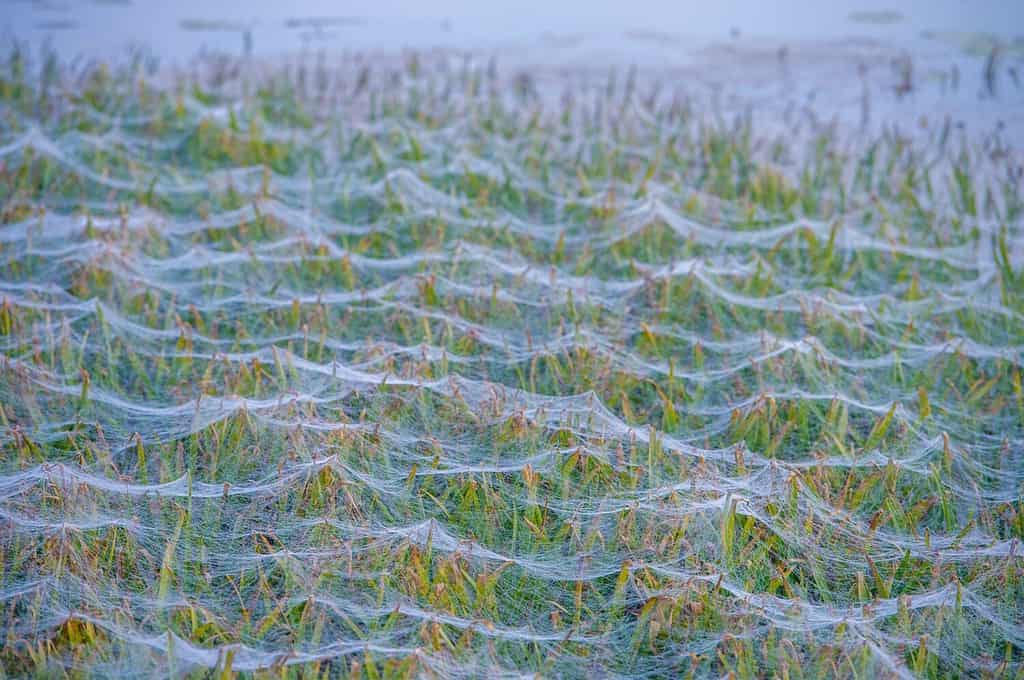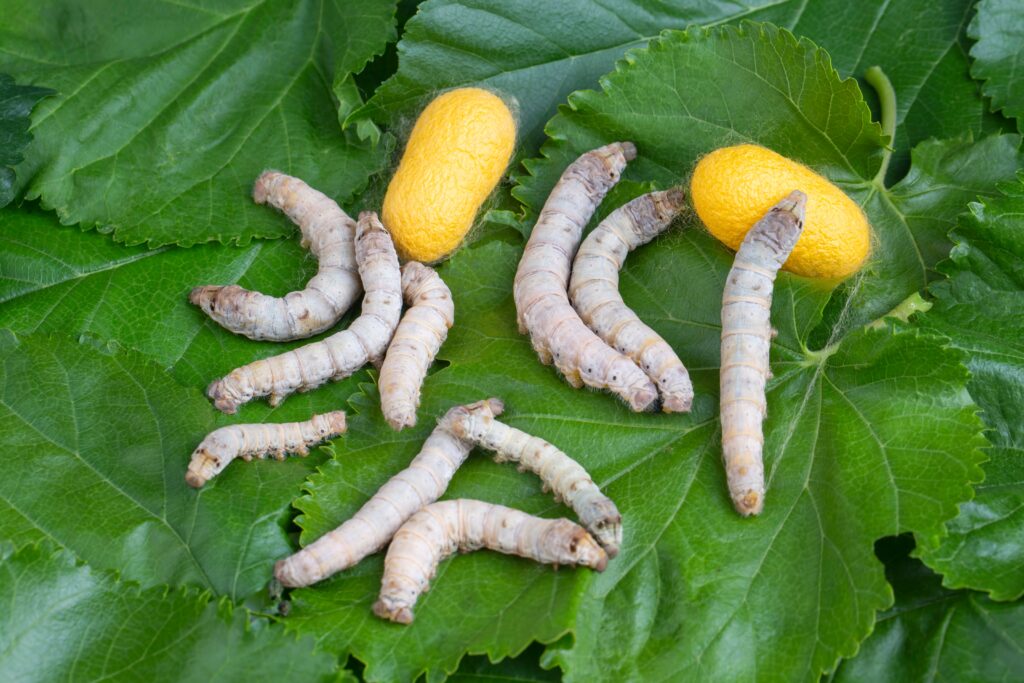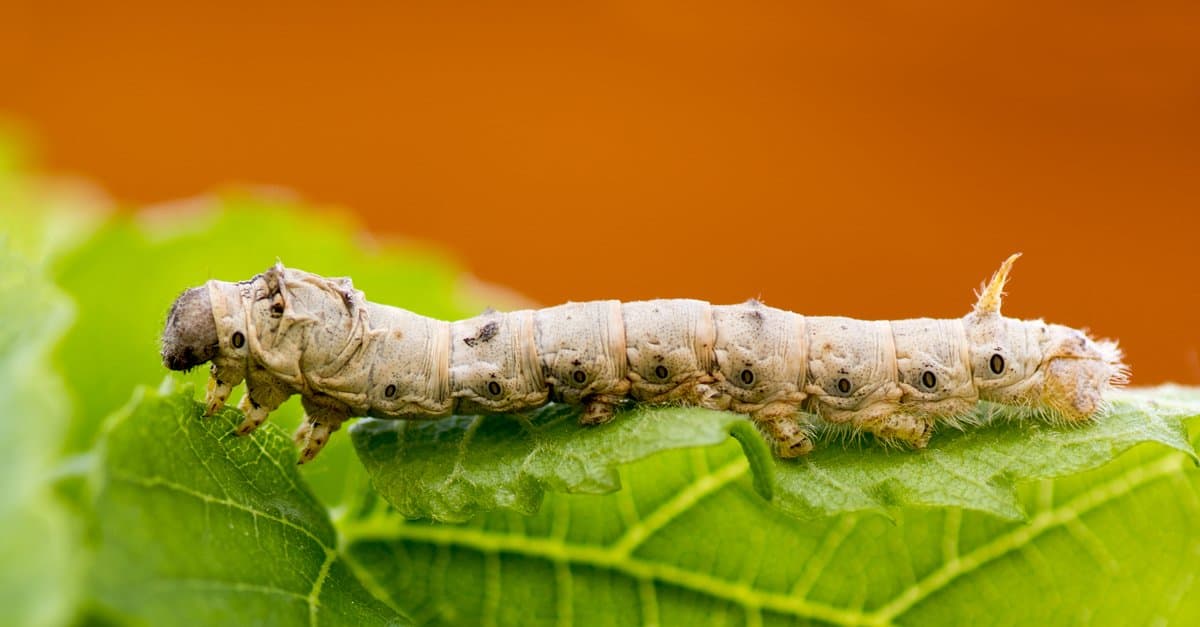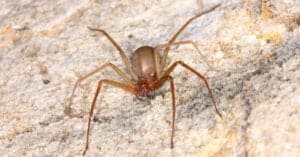Scientists are always up to something interesting. The lowly spider’s silk exhibits a few fairly remarkable qualities. It is one of the most durable substances in the natural world. Shockingly, it’s stronger than kevlar and more durable than steel, and silkworms can replicate it.
You can stretch this spider silk numerous times beyond its breaking point. These factors have made the lab-based replication of spider silk a bit of a passion for material researchers for many years.

It can take months for spiders to create the perfect web.
©Tatyana Mi/Shutterstock.com
Now, scientists at the University of Cambridge have developed a novel substance that replicates the durability, stretchability, and energy-absorbing properties of spider silk. It is possible to make things like bike helmets, parachutes, bulletproof vests, and airplane wings better using this material.
What’s even more surprising than the strength of this material? They make it nearly entirely of water! The manufactured fibers are made of a substance called a hydrogel. Like the real spider silk, this one is 98% water. The remaining two percent is a mix of cellulose and silica.
What Can Be Made With Spider and Silkworm Silk?

Silkworms also go by the name silk moth caterpillars.
©Esin Deniz/Shutterstock.com
Spiders require the ability for absorbance because their webs must be able to withstand impacts from flying insects and birds or else they risk breaking. Therefore, one exciting use for artificial silk could be shrapnel- resistance!
They may be able to use this material as a defensive fabric since it can take in so much power. There are talks of using this silk for parachutes, helmets, and even bulletproof vests. Because the substance is biocompatible, it might even be strong enough to be a replacement material for stitching during surgeries.
They can alter the fibers in a variety of intriguing ways as well. Silk could be transformed into a completely different substance by substituting alternative polymers for cellulose. Scientists can repeat the fundamental procedure in order to create low-heat, chemical-solvent-free variants of an assortment of fabrics.
Cannibalistic spiders cannot withstand the tight spaces for farming. Whereas silkworms, can. Because of this, they can only obtain substantial amounts of the substance through laboratory research.
How Do Spiders Produce Silk?

Silk has to be incredibly strong in order to catch insects.
©SakSa/Shutterstock.com
Spiders create silk formulations in their silk glands, which are then injected into their spinnerets or spinning tubes. Faucets on spinnerets are connected to the silk glands. Before becoming firm, silk first takes the form of a liquid protein that accumulates in the inner silk glands of the spider.
They create silky threads for webs. Although all spiders produce silk, nearly 50,000 species of arachnids don’t make webs at all! Here at A to Z Animals, we’re looking forward to what will come out of the artificial and strong silk fabric!
Thank you for reading! Have some feedback for us? Contact the AZ Animals editorial team.








